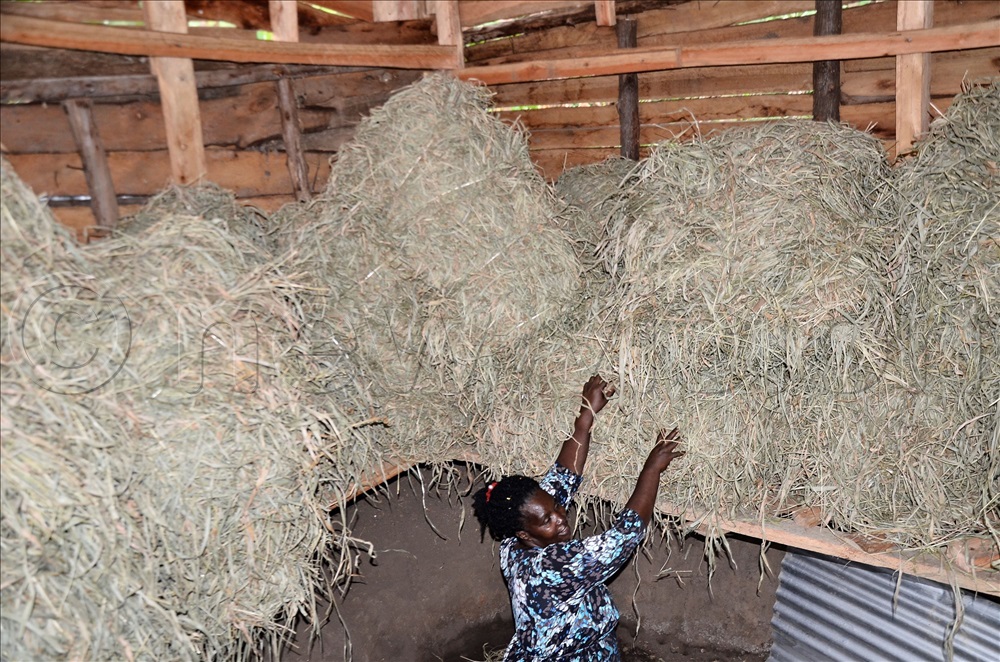When it comes to livestock feeding, especially in dairy farming, both silage and hay serve as critical sources of forage. However, many farmers still struggle to understand the key differences between the two, how they are prepared, and when each is appropriate.
Silage, moisture-rich and fermented for nutrition
Sabastian Ngambwa, a dairy farmer in Zirobwe, relies heavily on silage for feeding his cattle.
“Silage is made from green crops like maize, harvested while still fresh and moist,” Ngambwa says.
“We use a corn crusher to chop the material into smaller pieces that are easier for cows to chew and digest.”
He explains that after chopping, the material is transported by tractor and spread on plastic sheets for compaction. This is done to eliminate oxygen, creating an environment where fermentation can preserve the feed.
“In the past, we buried silage in pits, but that method leads to rotting because of high moisture in the maize. Now, we spread the feed on dry wheat straws before covering it completely,” he adds.
Ngambwa boasts that he can harvest at least 18 tonnes of silage per acre, equal to about 31 bags of commercial maize.
Dr. Peter Mubiru, a veterinary doctor, says silage is ideal for large-scale dairy farmers because it retains more nutrients and energy.

Hay is grass that is dried after cutting. (Photos by Umar Nsubuga)
“Silage fermentation keeps the feed juicy and full of energy, especially important during dry seasons when green pasture is scarce,” he explains.
Mubiru also warns that proper storage is key.
“The pit or trench must be slightly elevated and free from rodents, rainwater, or sunlight exposure. A poor setup means poor silage.”
Silage quality and cattle feeding
Good silage has a sweet-sour smell, greenish to yellowish colour, and a pH between 3.5 and 4.5. Cows are typically fed between 6 to 15kg of silage per day, depending on their weight. However, Mubiru cautions against feeding silage right before milking, especially if it’s of low quality.
“Poor silage can affect the taste and smell of milk,” he says.
Hay, the dry and long-term option
On the other hand, Lilian Rwomushana, a dairy farmer in Kyenjojo district, prefers hay during the wet season for later use in the dry months.
“Hay is basically grass that is dried after cutting. The goal is to reduce moisture content so it doesn’t rot,” she says.
Unlike silage, hay is not fermented. It is dried under the sun and baled for storage. Hay is more stable and lasts longer when properly stored in a cool, dry place.
“Hay is easier to store, and it doesn’t need any plastic or trench. However, it has less energy than silage, so we use it more for maintenance than milk production”, Rwomushana notes.
Choosing between silage and hay depends on farm size, resources, and feeding goals. Silage is nutrient-dense and suitable for high-producing animals, while hay is easier to store and lasts longer, especially in places with unreliable storage conditions.





